Key to the mystery of rapidly evolving genes?
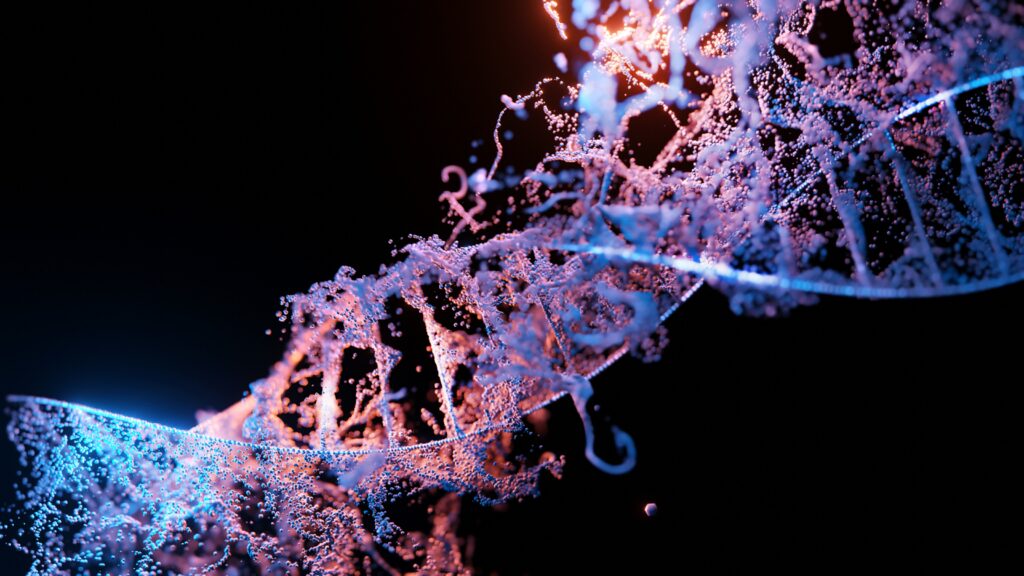
A long-standing puzzle in evolution is why new genes, which seem to appear out of nowhere, can quickly take over functions essential to an organism’s survival.
A new study in fruit flies may help solve that puzzle, showing that some new genes quickly become crucial because they regulate a type of DNA called heterochromatin. Once considered “junk DNA,” heterochromatin actually performs many important functions, including acting as a closely guarded prison; it blocks the genes of “bad actors”, preventing them from turning on and causing damage.
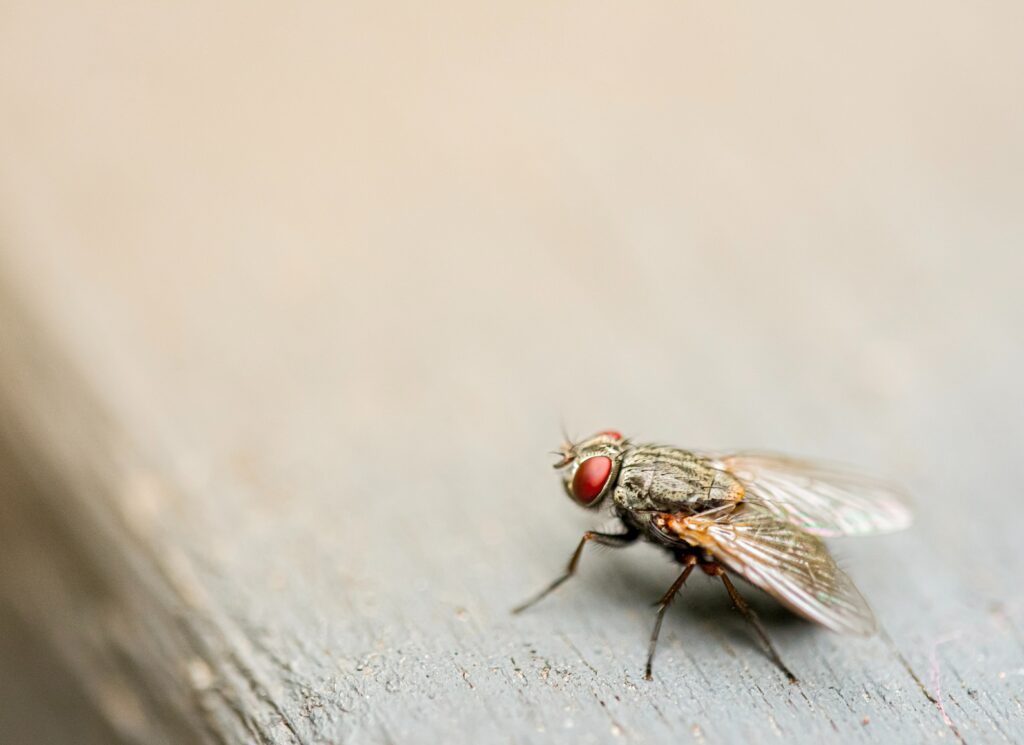
Heterochromatin is also one of the fastest changing parts of DNA in the body, so the genes that regulate it have to adapt quickly to keep up. Scientists have documented many cases of genes that seem to appear out of nowhere and give an organism a new ability—for example, one such gene in fish produces a new antifreeze protein; another in flies is essential for flight.
About a decade ago, researchers discovered that new genes don’t just confer new functions; some may actually be necessary for survival. In the fruit fly Drosophila melanogaster, up to 30 percent of new genes are essential, and some arose as little as 3 million years ago, a flash on evolutionary timescales. The discovery overturned a long-held belief that important genes don’t really change much in the course of evolution.

The team of scientists investigated a large family of genes in fruit flies that regulate other genes, turning them on and off for various tasks in the cell. He found that within the family of approximately 85 genes, the genes that evolved more rapidly were more likely to control essential functions for the fly; in fact, 67 percent of the rapidly evolving genes were essential compared to 20 percent in the slower-evolving group.
The team discovered that one of the new essential genes, named Nicknack, issues instructions for a protein that binds to heterochromatin, although the details are unknown, further studies are expected to understand the exact function of Nicknack, that may help shed light on the role of heterochromatin in shaping the rate and course of evolution. Scientists are just beginning to understand the many ways in which this “junk DNA” is anything but junk.
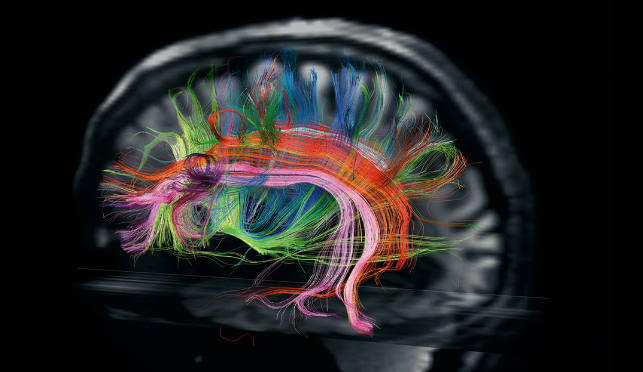
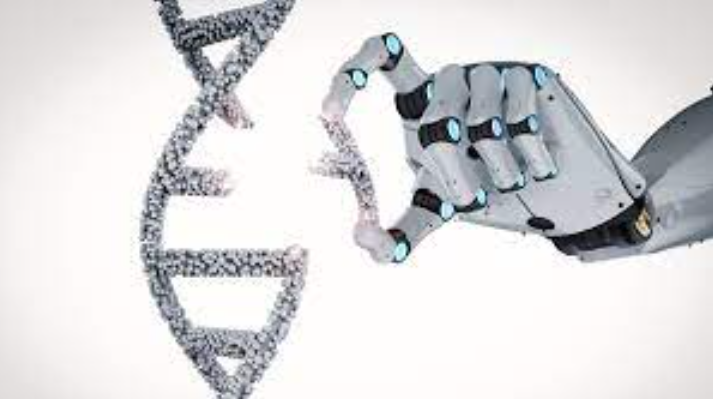

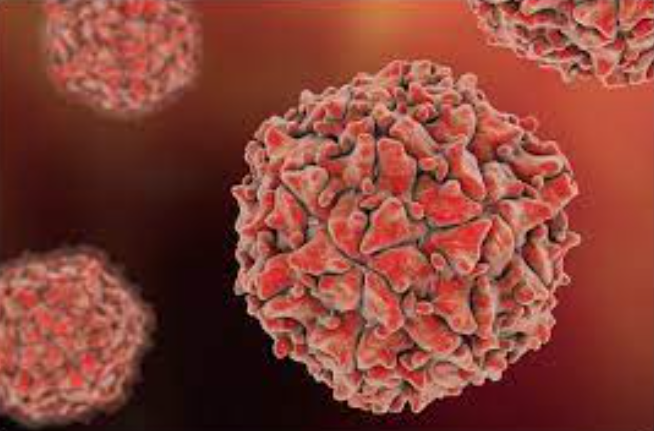
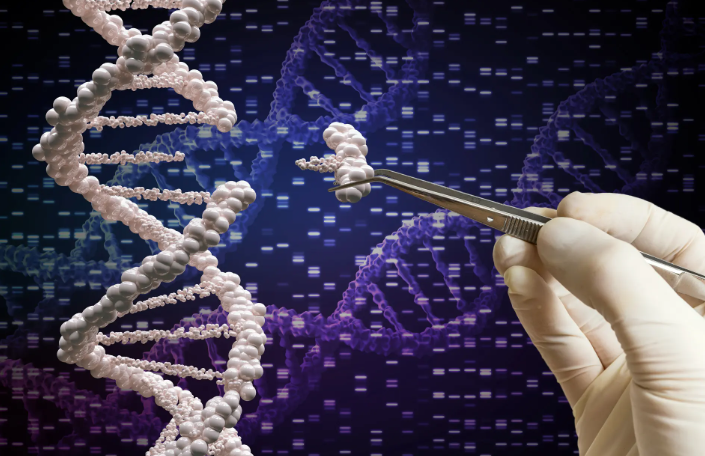
Responses